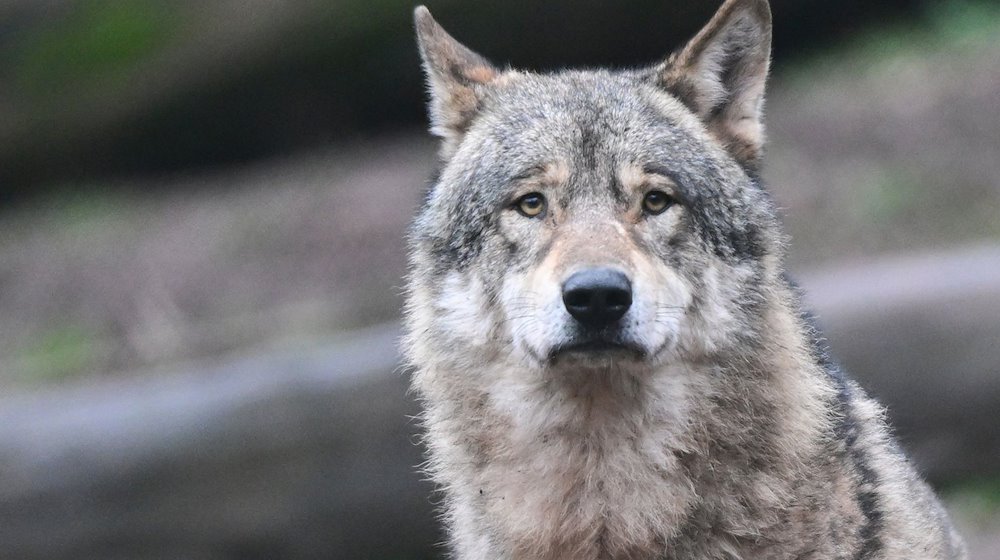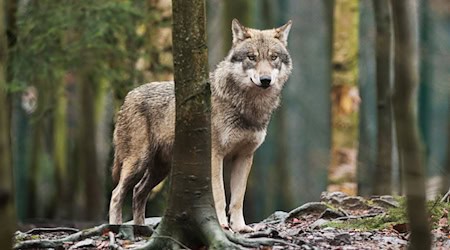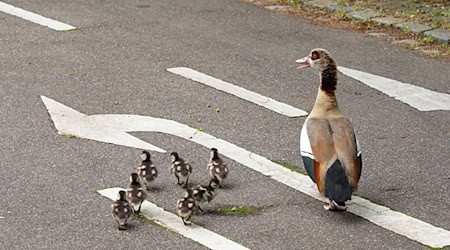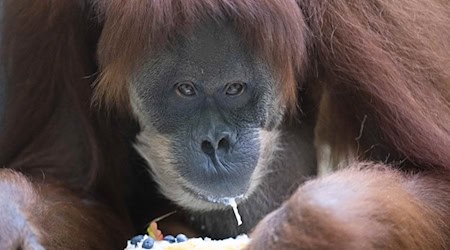After a tough struggle, the federal states with large wolf populations have agreed on criteria for the shooting of so-called problem wolves, but have left a lot of leeway for the regional organization. As the Ministry of Agriculture and the Environment of Mecklenburg-Vorpommern announced in Schwerin on Wednesday, wolves can be shot if they have repeatedly killed livestock such as sheep or goats and come within 1000 meters of the paddock of the attacked herd again. This is one of the preconditions for a rapid cull that the Wolf Working Group agreed on at its meeting on Wednesday. Representatives of the federal states of Lower Saxony, Saxony, Saxony-Anhalt, Brandenburg and Mecklenburg-Western Pomerania were involved.
"The aim of the WG Wolf was to define the new criteria for wolf removal as uniformly as possible and to enable uniform administrative action for this special form of species protection exemption for wolf removal in the federal states," explained Mecklenburg-Western Pomerania's Environment Minister Till Backhaus (SPD). In the talks, they had "largely reached a common denominator" and had kept their promise to define the framework for the accelerated removal of "harmful wolves" by the start of the grazing season. However, the federal states could adapt the regulations according to their specific circumstances.
In future, an observation period of six months is to be used to assess an increase in the number of breaches. There is no definition of how often a wolf must have crossed the protective fence or how many herd animals it must have killed before it can be released for shooting within three weeks. Incidents that occur in a wolf territory of 200 to 500 square kilometers are to be taken into account. In order to be able to determine with certainty that the right wolf has been shot, information on the cause of the wolf kills is to be carefully documented. Genetic analysis is not required before a shooting permit is issued. However, parents of dependent pups should not be shot in future either.
In Mecklenburg-Western Pomerania, three wolves have died after colliding with vehicles since the beginning of the year. Experts see this as evidence of young animals searching for their own territories and an indication of the wolf's continued spread in Germany. According to the Ministry of the Environment, there were 18 packs and three pairs of wolves living in the north-east in spring 2023. There were also two lone wolves. With reference to the 2021/2022 wolf monitoring, the Federal Agency for Nature Conservation puts the number of wolves detected in Germany at around 1,200. The wolf, which was wiped out in Germany in the middle of the 19th century, has become widespread again since its return at the turn of the millennium, particularly in the east and north. In these areas, wolves have also been known to kill livestock such as sheep, goats and calves. Owners are therefore calling for more far-reaching measures against these attacks, including the inclusion of the previously strictly protected predator in hunting law.
Copyright 2024, dpa (www.dpa.de). All rights reserved










